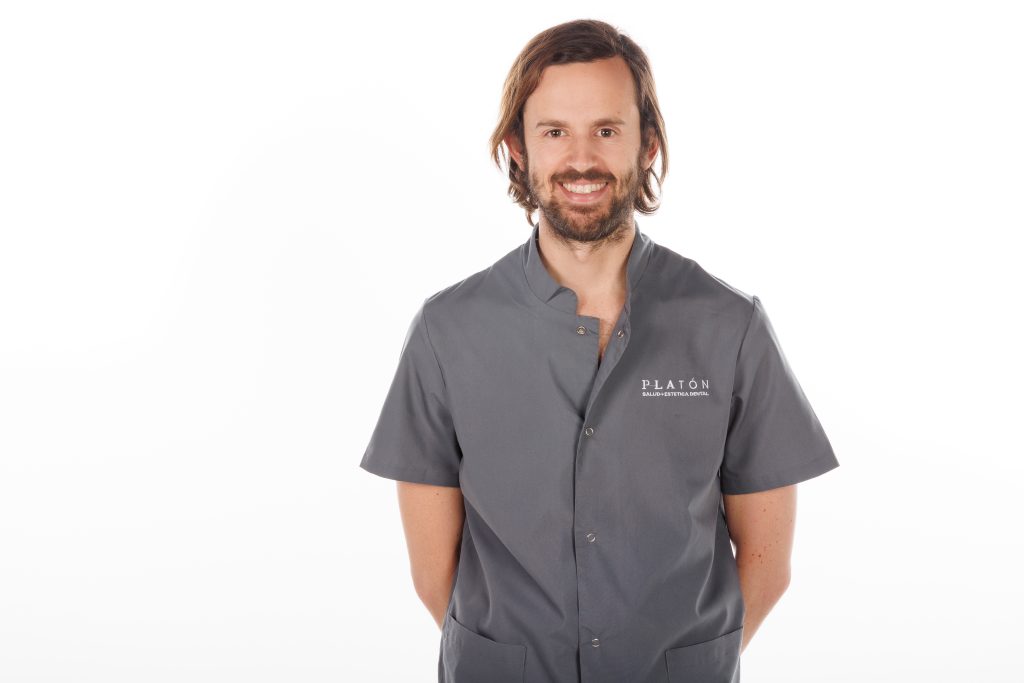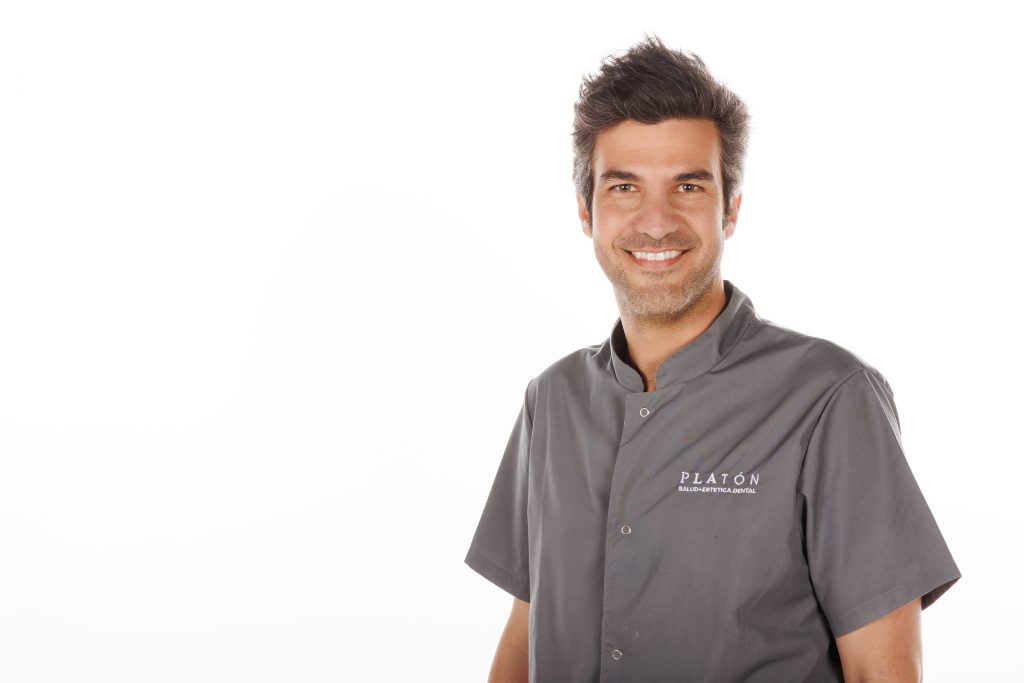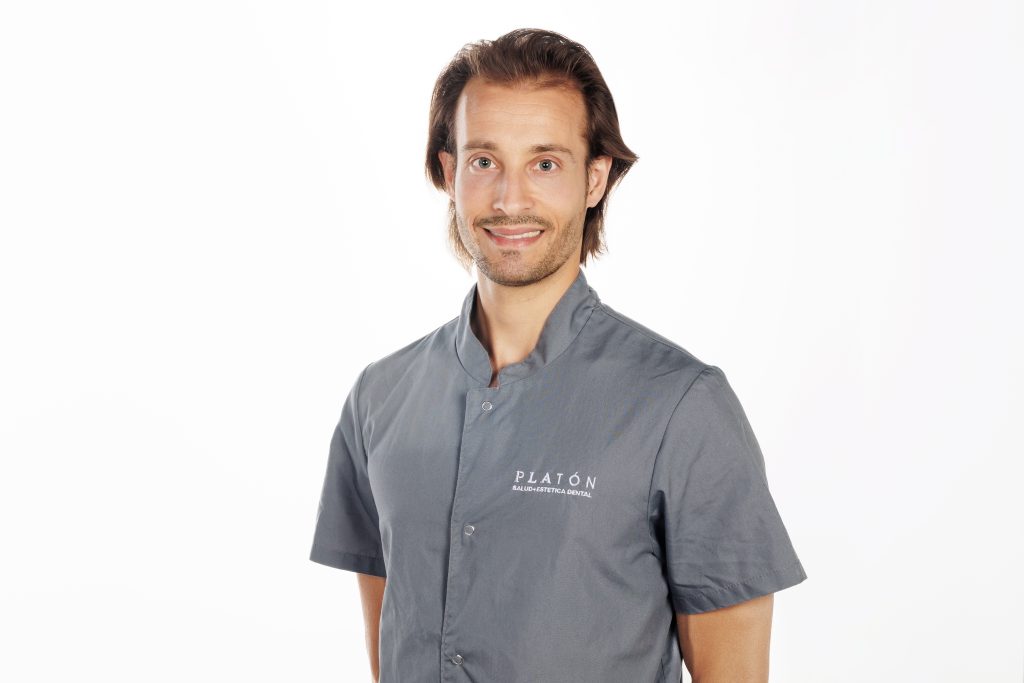Caries treatment
Dental caries is one of the main oral problems, causing destruction of dental tissue that can lead to tooth loss.
Restorative dentistry allows us to prevent, stop and cure dental caries, regardless of the amount of dental tissue destroyed.
Nowadays there are minimally invasive techniques that reconstruct in an esthetic, durable way, mimicking the adjacent teeth.
Whitening
Tooth whitening is the most conservative treatment to restore the esthetics of patients who wish to have their teeth whitened.
The technique consists of the clinical application of an oxidizing gel on the tooth surface that is activated by light and restores several shades of the natural color of the teeth.
Veneers
The veneer is a type of restoration that is made on the tooth or teeth are small sheets that are glued on the outermost part of the teeth.
They are a mainly aesthetic treatment that achieves the recovery of a beautiful smile.
The most common examples are:
– Cover fracturing of teeth
– Covering interdental spaces
– Correct tooth shapes
– Tooth whitening
Crowns
Dental crowns are an esthetic treatment (since they visually replace the patient’s natural teeth), but in addition, and unlike veneers, they are also a functional treatment, since they reinforce the tooth, making it more beautiful and more “useful”.
They are usually used mainly on the posterior teeth (the most hidden ones), that is to say, on the premolars and molars, since they are the teeth most used in mastication and therefore more exposed to wear and more in need of great firmness.
Dental crowns can be made of various materials, although the most commonly used are metal-porcelain, porcelain and zirconium.






